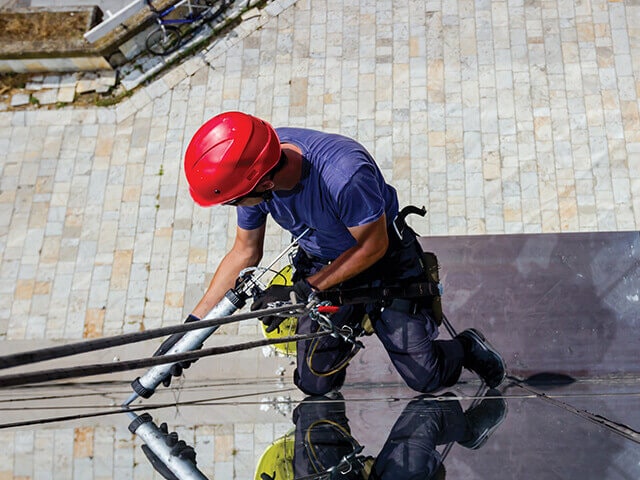Construction Sites Inlet Protection

Construction Sites Inlet Protection
Tornado inlet security is a purely implemented duty on construction websites today. Laws of the Clean Water Act (CWA) include special mandates for building websites concerning tornado inlets and also the value of keeping debris and also various other site pollutants out of them.
If left unattended, silt, sludge, and particles from sites can be cleaned right into storm inlets and also end up in streams, rivers, lakes as well as oceans. The repercussions are ravaging, bringing about stream financial institution erosion, environment damage, as well as the death of lots of kinds of wildlife.
Those that do not supply proper storm inlet filters on building sites deal with significant consequences, also. The Environmental Protection Agency (EPA) enforces CWA regulations, and also on a regular basis imposes hefty fines on firms discovered to be in infractions. Failure to use correct tornado water inlet filters can cost developers thousands, and also even millions, of bucks.
The good news is, that there are plenty of storm inlet defense products on the marketplace that is easy to use, economical as well as regulation certified. Utilizing them is a fast, basic, inexpensive way for designers to fulfill guidelines so they invest less time stressing over staying clear of fines with makeshift barriers and even more time progressing with the task handy.
What’s Wrong With Makeshift Obstacles?
Making use of makeshift barriers as storm inlet defense remedies is a type of like making use of plastic sheets as auto windows. It could seem cheaper at first, yet it’s cumbersome, unsafe, and unreliable. It needs consistent reaffixing or replacing, and also chances are, it will certainly fail miserably after the very first tornado, soaking you as well as potentially destructive points in your car.
As a result of the high failing price and continuous demand to restore and replace materials, makeshift barriers really aren’t less expensive than professional products, as well as they’re a headache from day one. The EPA has a whole page on its website about straw and hay bales (a common choice in inlet protection), mentioning the myriad of reasons they shouldn’t be used. Amongst them are the bales’ high failing price, the time-intensive upkeep they require, as well as their high expense.

Other makeshift alternatives, while rating more than straw as well as hay bales, likewise have substantial downsides. The EPA suggests that if using block and gravel protection, as an example, excavated drop inlet security ought to be made use of with it.
Excavated decline inlets need excavating to specifications, and much more digging is necessary to preserve the requirements after storms wash mud into them.
Block and gravel obstacles likewise call for digging, along with making use of wire mesh. They’re unwieldy to erect, and also more gravel should be included if tornados wash existing crushed rock away.
Along with the expense of materials and of paying employees to build as well as preserve makeshift obstacles (when their time would certainly be better spent on other tasks), the EPA cautions that makeshift inlet defense can have really costly consequences if it doesn’t work. One possibility is that weep holes dug deep into locations around inlets can come to be clogged up, keeping water from draining out of the pools and also causing a system to fail. If that or various other troubles occur that enable sediment and debris right into inlets, it can be incredibly challenging and also expensive to clean them.
For additional tips and information, please navigate to this site to find more info.
